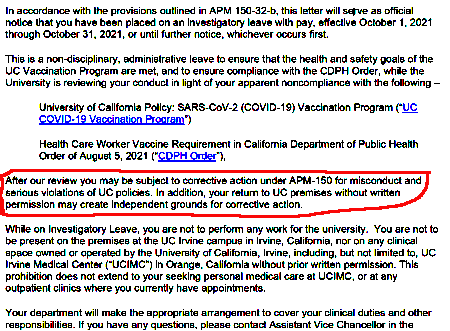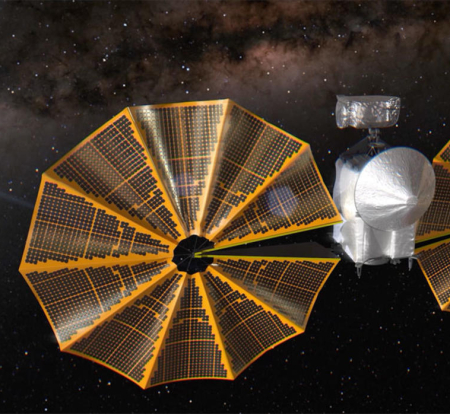The FDA is going to hold a hearing on October 26, 2021 to discuss whether to allow the experimental vaccines to be given to children ages 5 to 11. From its webpage:
The meeting presentations will be heard, viewed, captioned, and recorded through an online teleconferencing platform. On October 26, 2021, the committee will meet in open session to discuss a request to amend Pfizer-BioNTech’s EUA for administration of their COVID-19 mRNA vaccine to children 5 through 11 years of age. [emphasis mine]
Prior to this meeting the FDA has a public comment period, allowing anyone to comment on this agenda. That five day comment period began today. If you want to comment you can do so here.
This meeting is clearly linked closely to the Biden administration’s announcement today that it is preparing to roll out a campaign to get every child in the country vaccinated, once the FDA approves.
The Biden administration has secured enough vaccine supply to vaccinate the 28 million children ages 5 to 11 who would become eligible for vaccination if the vaccine is authorized for that age group and will help equip more than 25,000 pediatric and primary care offices, hundreds of community health centers and rural health clinics as well as tens of thousands of pharmacies to administer the shots, according to the White House.
“We know millions of parents have been waiting for Covid-19 vaccine for kids in this age group. And should the FDA and (US Centers for Disease Control and Prevention) authorize the vaccine, we will be ready to get shots in arms,” White House Covid-19 response director Jeff Zients told reporters at a White House Covid-19 briefing on Wednesday. Zients continued: “Kids have different needs than adults and our operational planning is geared to meet those specific needs, including by offering vaccinations in settings that parents and kids are familiar with and trust.”
The administration is also launching a partnership with the Children’s Hospital Association “to work with over 100 children’s hospital systems across the country to set up vaccination sites in November and through the end of the calendar year,” the White House announced.
The administration also plans to help make vaccination available at school and other “community-based sites” with help from Federal Emergency Management Agency funding. The Department of Health and Human Services will also carry out a national public education campaign “to reach parents and guardians with accurate and culturally responsive information about the vaccine and the risks that COVID-19 poses to children.”
Though they are of course not saying so, I guarantee that once vaccines are approved for children, the Biden administration’s next step will be to mandate them for any child who wants to attend public school or be treated any of these hospitals. Expect such mandates to also come down from the various states controlled by the Democratic Party. Your children will no longer be yours at that point.
As I said, you can comment here. I have already done so. A quick look though the 645 comments so far submitted shows them largely against any vaccines for children.
I urge everyone to add their own comments. Let them know what you think. Don’t stand idly by as they not only rob you of your freedom, but your children’s freedom as well.









